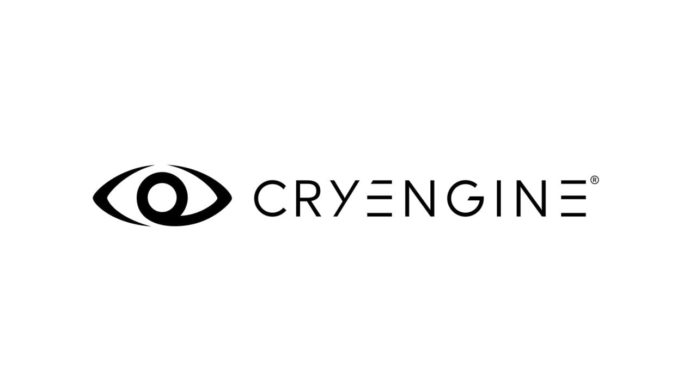A while back I published a post claiming that Crytek’s

Crytek mentions that they dynamically switched from mesh-tracing to low-cost voxel tracing to allow the non-RTX GPU to deliver a solid 30FPS. It also didn’t implement
Furthermore, the Crysis developer has also confirmed that in contrast to NVIDIA’s RTX powered titles, the reflections,

According to Crytek, NVIDIA’s RTCores won’t allow addition of new features or ray traced effects, but will significantly improve the performance so as to permit full-resolution ray traced reflections, possibly without switching between voxel-tracing and mesh-tracing through the course of the demonstration.
Other than physical hardware for acceleration, another thing that should improve ray tracing are modern low-level graphics APIs. At the moment, Microsoft’s
Crytek’s demo prompted NVIDIA to bring ray-tracing support to GTX-class Pascal and the newly announced 16-series Turing GPUs. Although the RTX cards are much faster compared to their predecessors at real-time ray tracing, it still gives gamers with older GPUs to get a taste of ray tracing and decide for themselves if the bump in quality is worth the extra cost.
Read more:
ASUS TUF Gaming FX505 and FX705 with AMD Zen+ and a GTX 1660Ti
Intel Xe 10nm Graphics Card Confirmed for 2021; 10nm Icelake CPUs Coming in Q4-2019, 7nm in 2021


